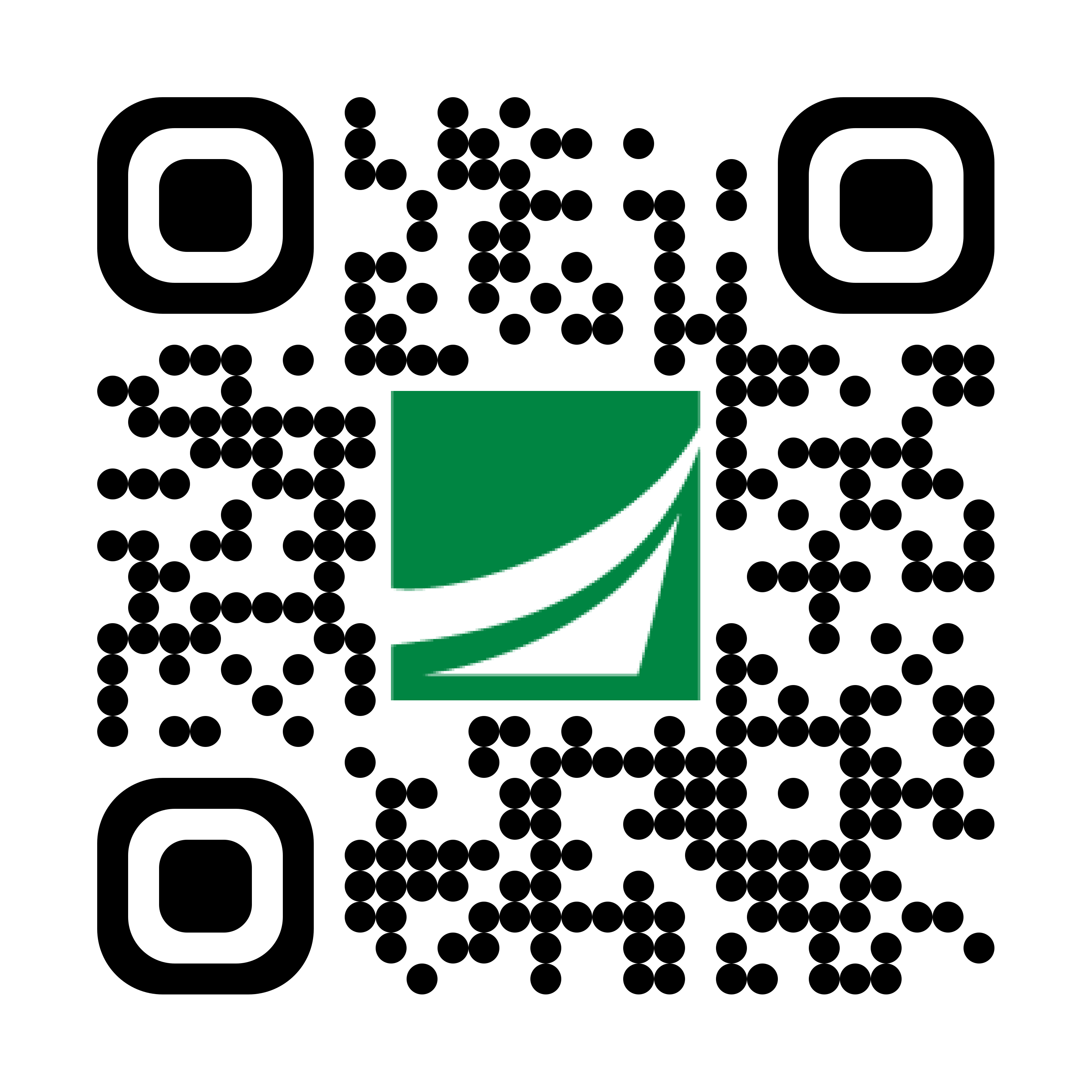
Contact Us
Bank Routing Number
107001481
Bank by Mail/General Mail
PO Box 26458
Kansas City, MO 64196
Deposit Only Mailbox
PO Box 26744
Kansas City, MO 64196
Phone Number
1-877-712-2265
Download our app
Access your
accounts here.
accounts here.

Grab your phone and scan the code to download!
featured
2025-09-11
Security
published
2-minute
Mail Theft & Check Washing: Protect Yourself from Check Fraud

-
-
When people think about fraud these days, the first thing that comes to mind is usually online scams or identity theft. But fraud isn’t always digital. In fact, USPS mail theft and check washing are becoming bigger issues across the country! So, what are these threats and how do you stay safe? Keep reading to learn about mail theft and check washing, including how to protect yourself from becoming a victim.
What is USPS Mail Theft?
Have you ever dropped a bill in the mailbox and walked away, trusting it would safely reach its destination? For most of us, that’s second nature. Unfortunately, criminals are taking advantage of this trust by targeting our mail.
USPS mail theft happens when someone steals letters or packages directly from mailboxes, postal drop boxes, or even mail trucks. According to the U.S. Postal Inspection Service, they receive thousands of mail theft complaints each year, and recently, reports of stolen checks have sharply increased. This is just the tip of the iceberg because many cases go unreported.
Ultimately, mail theft causes serious problems—it can lead to identity theft or check fraud once it falls into the wrong hands.
What is Check Washing Fraud?
One of the most common crimes linked to mail theft is check washing. This is when criminals steal checks and use chemicals to “wash” off the ink. Then, they rewrite the checks with new payees and amounts.
For example, you might write a $75 check to your electric company. If a thief steals and washes it, they could rewrite the check and pay themselves $2,500. Once deposited, the money comes directly out of your account.
Unfortunately, check washing is very effective. The U.S. Postal Inspection Service reports that check washing costs Americans over $1 billion each year. The worst part? Victims typically don’t realize what’s happened until they notice missing funds from their accounts weeks later. By then, the criminal has already disappeared with stolen money.
Who Does Check Fraud Harm?
Check fraud doesn’t just hurt the person who wrote the check—it creates a ripple effect that impacts many others:
- Consumers may lose money directly from their accounts. They also face the hassle of bounced payments, recovering stolen funds, and late fees if bills are unpaid. Even if their bank reimburses their losses, this takes time and effort to resolve.
- Businesses rely on checks from clients to keep cash flow steady. When those payments are stolen or compromised, it can lead to lost revenue for businesses, payment delays, and even strained client relationships.
- Government Entities depend on check payments for taxes, licenses, and fines. This type of fraud drains money from public services and demand extra resources for investigating the problem.
In short, check fraud creates headaches for everyone involved and causes widespread financial harm.
How to Protect Your Mail from Postal Theft:
The good news? There are simple steps you can take to reduce the risk of mail theft:
- Use Secure Mailboxes: Drop outgoing mail inside the post office or a trusted collection box, ideally right before the last pickup of the day.
- Don’t Leave Mail Unattended: Collect your mail as soon as it arrives. When your mail accumulates, you become an easy target for criminals.
- Sign Up for Informed Delivery: At the USPS website, you can choose to receive daily email notifications for mail and packages.
- Hold Mail When Traveling: If you are away from home, use the Hold Mail service from the USPS so your mail doesn’t pile up.
- Consider Security Envelopes: They conceal the contents of your mail.
- Install a Locking Mailbox: Protect your incoming mail by adding another layer of security.
How to Protect Your Checks from Being Washed:
If you still write checks, here are a few best practices to keep them safe:
- Use Permanent Ink: Pens with gel ink or pigmented ink are harder to wash than ballpoint pens.
- Write Checks Only When Necessary: Use digital payment platforms as an alternative.
- Fill Out Every Line: Don’t leave any spaces that someone could alter.
- Monitor Your Accounts: Keep a close eye on your transactions and account balance to watch for unusual activity.
- Follow Up: Verify that your check reached the correct person or business.
What to Do If You Are a Victim of Check Fraud or Mail Theft:
If you believe you have been targeted by check fraud or mail theft, act quickly:
- STEP 1 — Contact Your Bank: Report fraud immediately to stop further losses.
- STEP 2 — Notify the USPS: File a report with the U.S. Postal Inspection Service, which you can easily do online.
- STEP 3 — Protect Your Identity: Change passwords, monitor personal information, and consider signing up for an identity theft monitoring service.
- STEP 4 — Contact FTC: File a report online at the Federal Trade Commission website for more documentation and recovery resources.
- STEP 5 — File a police report: An official record can help with bank claims and investigations.
How to Report Fraud to Academy Bank:
So, how do you contact your bank? At Academy Bank, you have options! Here’s how to report suspicious activity:
- Mobile or Online Banking: Sign into your digital account and send a secure message using the chat feature.
- Secure Chat: Visit our bank website and click the chat icon in the bottom right. Request to speak with a banker (available Monday-Friday 8:00 AM to 10:00 PM Central; Saturday 9:00 AM to 5:00 PM Central).
- Phone Support: Call Academy Bank Client Care at 877-712-2265 (Monday-Friday 8:00 AM to 7:00 PM Central).
- In Person: Stop by any Academy Bank branch to speak with a personal banker about fraud concerns. (Find Banks Near Me).
Remember, stay alert and act quickly when your money is compromised. Let’s protect your finances!
FRAUD PREVENTION: Scams & Fraud; Preventing Identity Theft; Reporting Identity Theft; Fraud Alerts & Freezes; Mobile Security Tips; Visa Card Security.
SCAM-SPECIFIC RESOURCES: Most Common Scams of 2025; Safe Checking Practices; What is Spoofing?; Crypto Investment Scams; Phone Call Scams; Email Scams; Text Scams; Phone Upgrade Security; SIM Swap Fraud; Payday Loan Scams; Business Fraud; Holiday Season Fraud; Pig-Butchering Scams; Financial Elder Abuse; Tax Season Cybersecurity.



